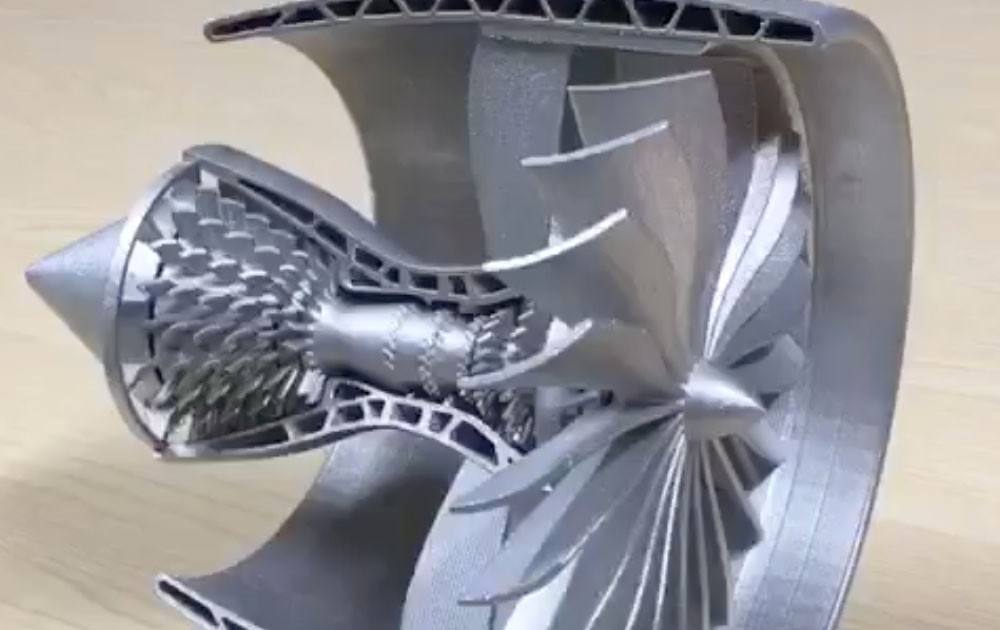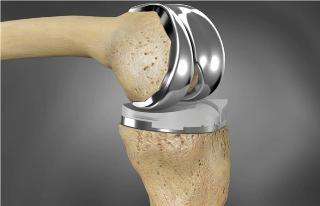Titanium is a metallic element, gray, with an atomic number of 22 and a relative atomic mass of 47.87. It can be burned in nitrogen and has a high melting point. According to Huacheng Metal Online, blister titanium and titanium-based alloys are new structural materials, mainly used in the aerospace industry and the marine industry.
The density of titanium is 4.506-4.516 g/cm 3 (20 ° C), which is higher than aluminum and lower than iron, copper and nickel. But the specific strength is at the top of the metal, which is three times that of stainless steel and 1.3 times that of aluminum alloy. Melting point 1668 ± 4 ° C, melting latent heat 3.7-5.0 kcal / gram atom, boiling point 3260 ± 20 ° C, vaporization latent heat 102.5-112.5 kcal / gram atom, critical temperature 4350 ° C, critical pressure 1130 atmosphere. Titanium has poor thermal conductivity and electrical conductivity, which is similar to or slightly lower than that of stainless steel. Titanium has superconductivity, and the superconducting critical temperature of pure titanium is 0.38-0.4K. At 25 ° C, the heat capacity of titanium is 0.126 cal/g atom·degree, the heat is 1149 cal/g atom, the entropy is 7.33 cal/g atom·degree, the metal titanium is a paramagnetic substance, and the magnetic permeability is 1.00004.
Titanium has plasticity. The elongation of high-purity titanium can reach 50-60%, the reduction of area can reach 70-80%, but the strength is low, which is not suitable for structural materials. The presence of impurities in titanium has a great influence on its mechanical properties. In particular, interstitial impurities (oxygen, nitrogen, carbon) can greatly increase the strength of titanium and significantly reduce its plasticity. The good mechanical properties of titanium as a structural material are achieved by strictly controlling the appropriate impurity content and adding alloying elements.






